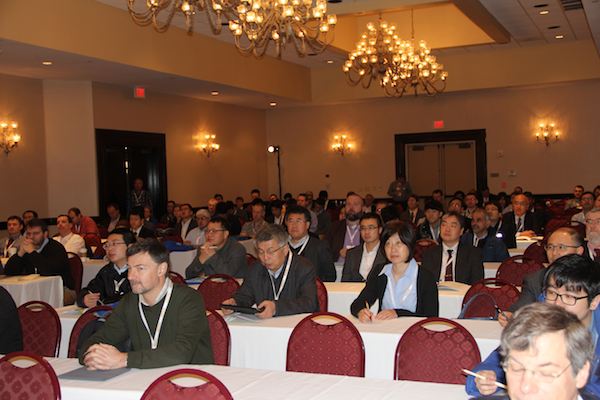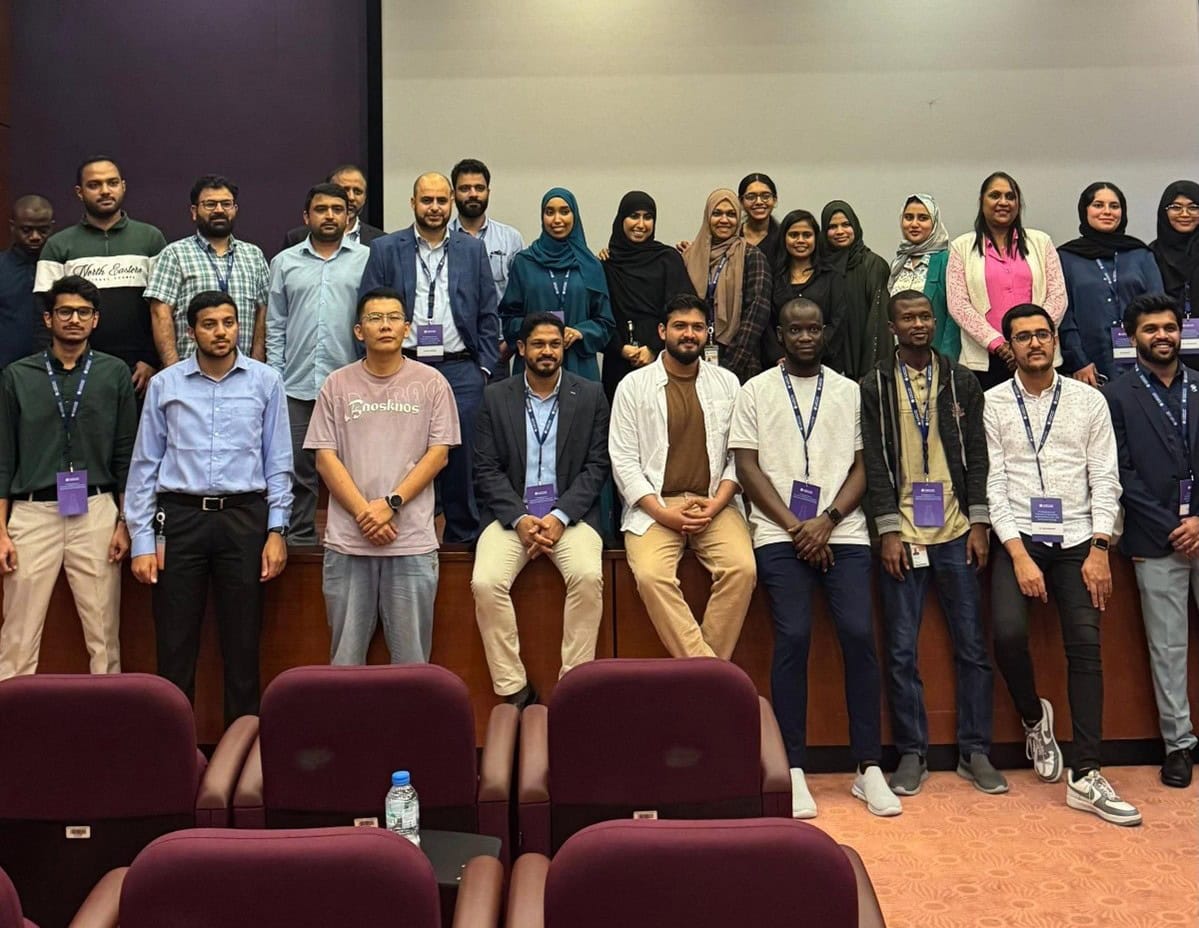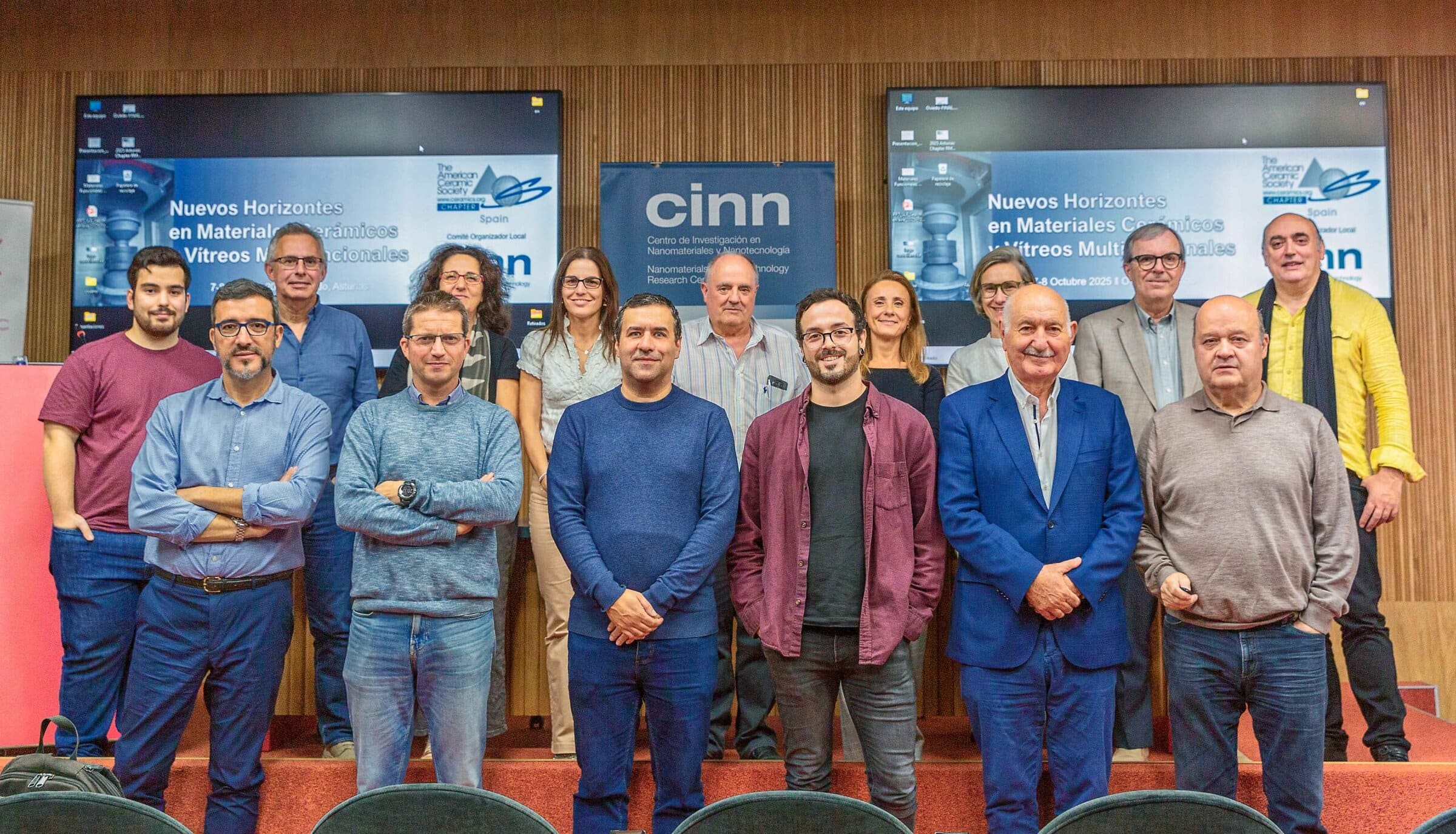
According to Jürgen Rödel, professor at Technische Universität in Darmstadt, Germany, there is no simple replacement for PZT. The search for lead-free piezoceramic materials will depend on the application. Credit: ACerS.
The second day of the Electronic Materials and Applications conference (last Thursday) opened with a plenary talk delivered by Jürgen Rödel, professor of materials and geoscience at Technische Universität in Darmstadt, Germany.
The topic of his talk was “Lead-free piezoceramics: History, achievements, future.” Of the $1.2 billion piezoelectric actuator market, piezoceramics account for only 0.1%. Despite the small market share, the European Union’s enactment of Restriction of Hazardous Substances (RoHS) and end of live vehicles (ELV) directives launched a global search to replace lead-containing compounds such as lead zirconate titantate (PZT) and lead lanthanum zirconate titanate (PLZT).
Manufacturers are exempted from complying with the directives until July 2016 (although Rödel wryly observed that industry can be counted on to make a strong case for an extension of the exemption). Consequently, researchers have been aggressively searching for a substitute for more than a decade. Rödel surveyed candidate replacement materials such as bismuth-based titanates, potassium sodium niobate, barium calcium titanate, and barium zirconate titanate, their properties, and progress to date.
However, Rödel says, “There’s no simple replacement of PZT.” Rather, “There are potential replacements in separate market segments,” he says, and scientists will be more likely to succeed if they focus on materials for specific applications. He expects the transition to lead-free piezoceramics will be evolutionary, not revolutionary.
In responding to a question about when new piezoceramics will start to show up in products, he suggests that will depend on market and regulation drivers. Regarding the latter, he says, “EU legislation is so difficult to predict,” and it is difficult to predict whether regulations will be enforced in the next few years or beyond another decade.

Joseph Mantese from United Technologies Research Center compared the evolution of systems technologies for buildings and aircraft to the evolution of “systems of subsystems” in the automobile industry. Credit: ACerS.
On Friday, Joseph Mantese from United Technologies Research Center presented the final plenary talk at EMA on “Functional electronic materials in integrated commercial buildings and aerospace systems.”
Throughout his talk he drew parallels between the adoption of increasingly sophisticated technology in cars with a similar progression of developments in the building industry. Like cars, buildings are systems of subsystems. For example, the first collision avoidance system consisted of headlights and a horn. The latest systems include photonics devices that can help us see beyond 300 feet of pavement while traveling at 60 mph.
Mantese says two trends drive innovation for building systems: reduced energy and security. In the United States, buildings comprise 39% of national energy consumption—roughly evenly split between residential and commercial buildings. About one-third of building energy goes into HVAC systems alone. If ventilation systems could be adjusted for the number of people in a room, up to 15% of energy spent on HVAC could be saved.
It sounds simple, but counting bodies with sensors gets tricky. Sensors that measure carbon dioxide emission tend to drift and are unreliable. Heat sensors based on pyroelectric focal plane arrays or passive infrared detectors present challenging issues of cost, power supply, and reliability for ten or more years in-service. Photonic devices are expected to “play a major role in buildings.”
There is also the issue of “cool” versus “creepy.” For example, it might be possible to develop a device that would detect and count cell phones in a room to estimate occupancy. Cool! However, because of the enormous amount of personal data cell phones contain, data mining and tracking could allow a device to collect way more information than we would give willingly. Creepy!
Ventilation is an issue on airplanes, too, and many of the same problems to developing technology exist. In addition, sensors are needed to monitor air quality and aircraft systems, including detecting corrosion.
The key is to recognize and understand technology drivers in the building and aerospace industries. Similar to the automotive industry, Mantese expects regulations, such as LEEDS certifications, will provide the first drivers for building technology innovations. Reducing energy consumption in both industries will incentivize companies to innovate. Eventually, market demand for safety and security will drive development of further innovations, just like it did in the automotive industry.
Finally, a popular feature of EMA is the unofficial last symposium. “Failure—The greatest teacher.” Building on the success of last year’s kick-off “Failure,” organizers recruited North Carolina State University professor, Jon-Paul Maria, and NASA Ames research scientist, Sylvia Johnson, to talk about the impact of failures on their research and careers.
Maria, who has made a name for himself synthesizing difficult-to-grow thin films, led the audience through an entertaining description of his group’s (eventual) success in eliminating the terraced morphology of the film, which allowed them to make a gallium nitride thin film with a smooth surface. Despite his initial claim that the students and faculty at NC State are “just so smart,” he eventually confessed that a more rigorous reading of the literature could have saved a lot of time, and, besides, somebody from “Bell Labs already published on that topic back in the 1960s.”
Instead of a case study of a project, Sylvia Johnson used two examples from her career to illustrate the dangers presented by the “Assumption Donkey.” In the first example, she illustrated the pitfalls that come with losing track of a project’s goal. Things get technically complex, the initial problem goes unsolved, and research sponsors are not happy. In her second example, she showed the importance of controlling experiments. In this case, she took over a project just as some test samples were about to launch on a rocket. It turned out that the samples had not been fully characterized before the test, which led to a number of problems.
It was a nice way to end the conference, and it was also clear that most in the audience could relate to Maria’s and Johnson’s stories—and, those that couldn’t will in due time!
Author
Eileen De Guire
Spotlight Categories
- Meeting Highlights
Divisions
- Basic Science
- Electronics




